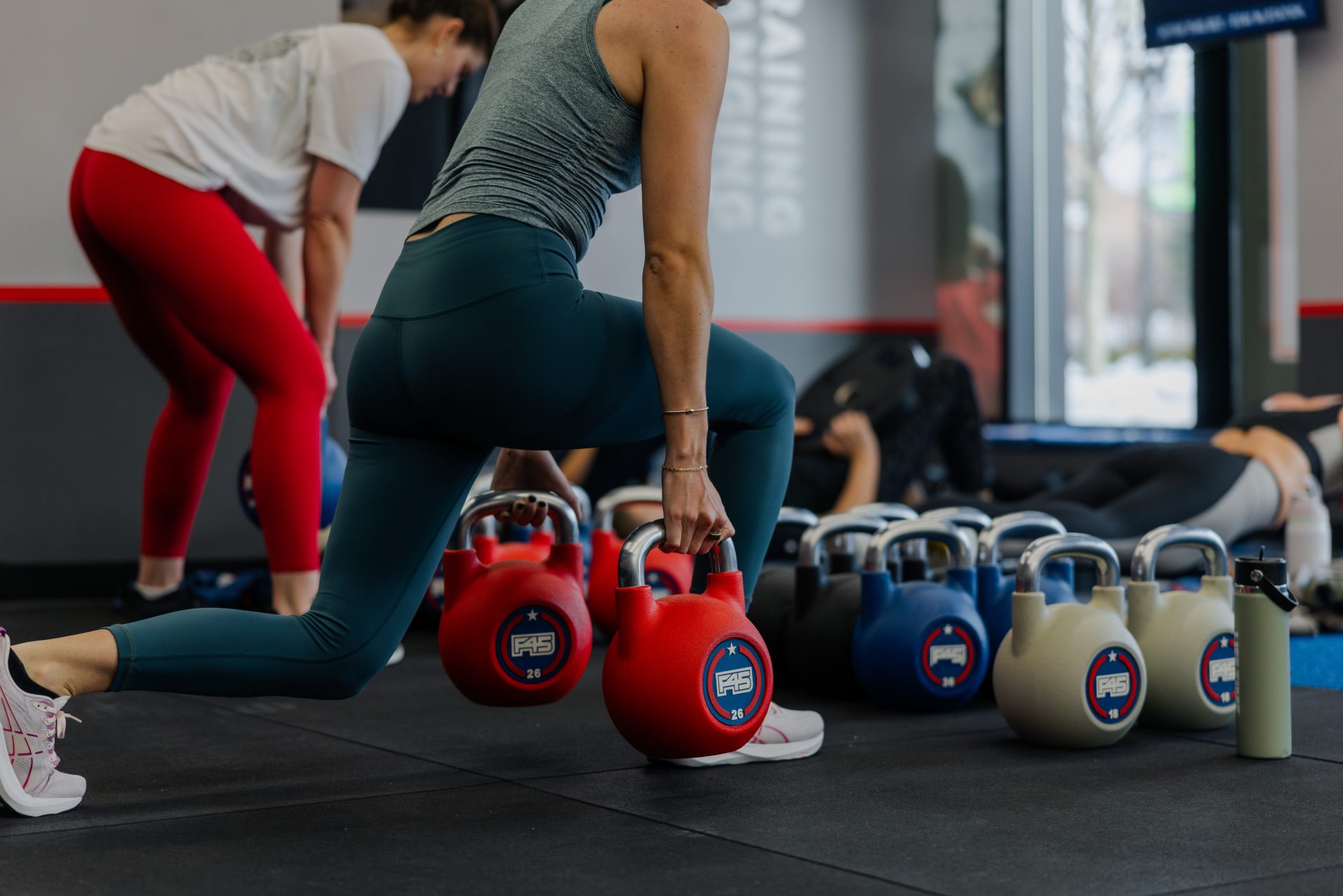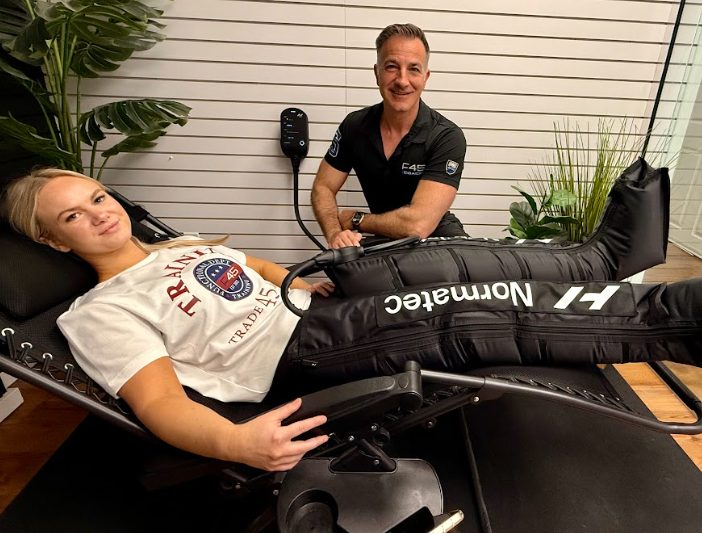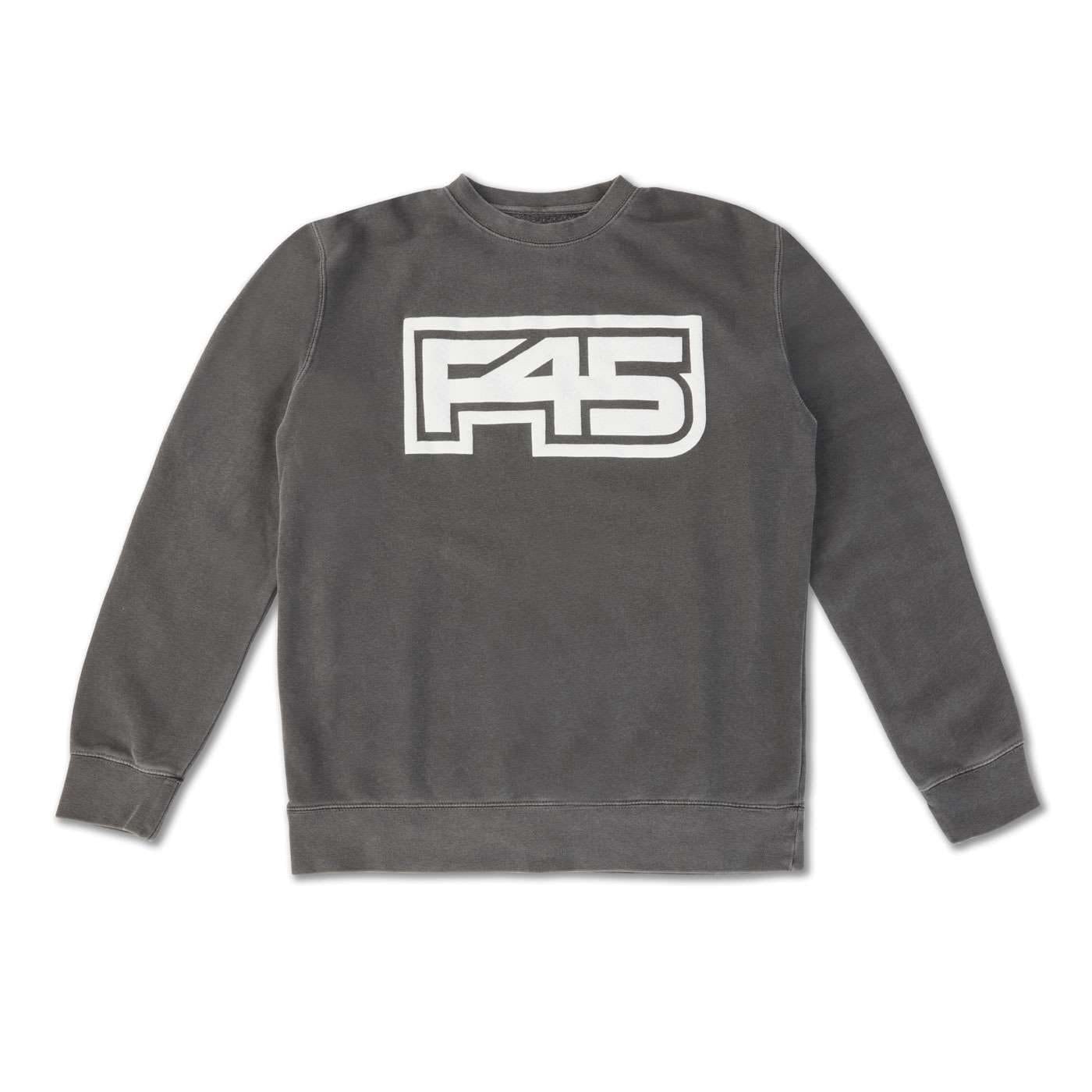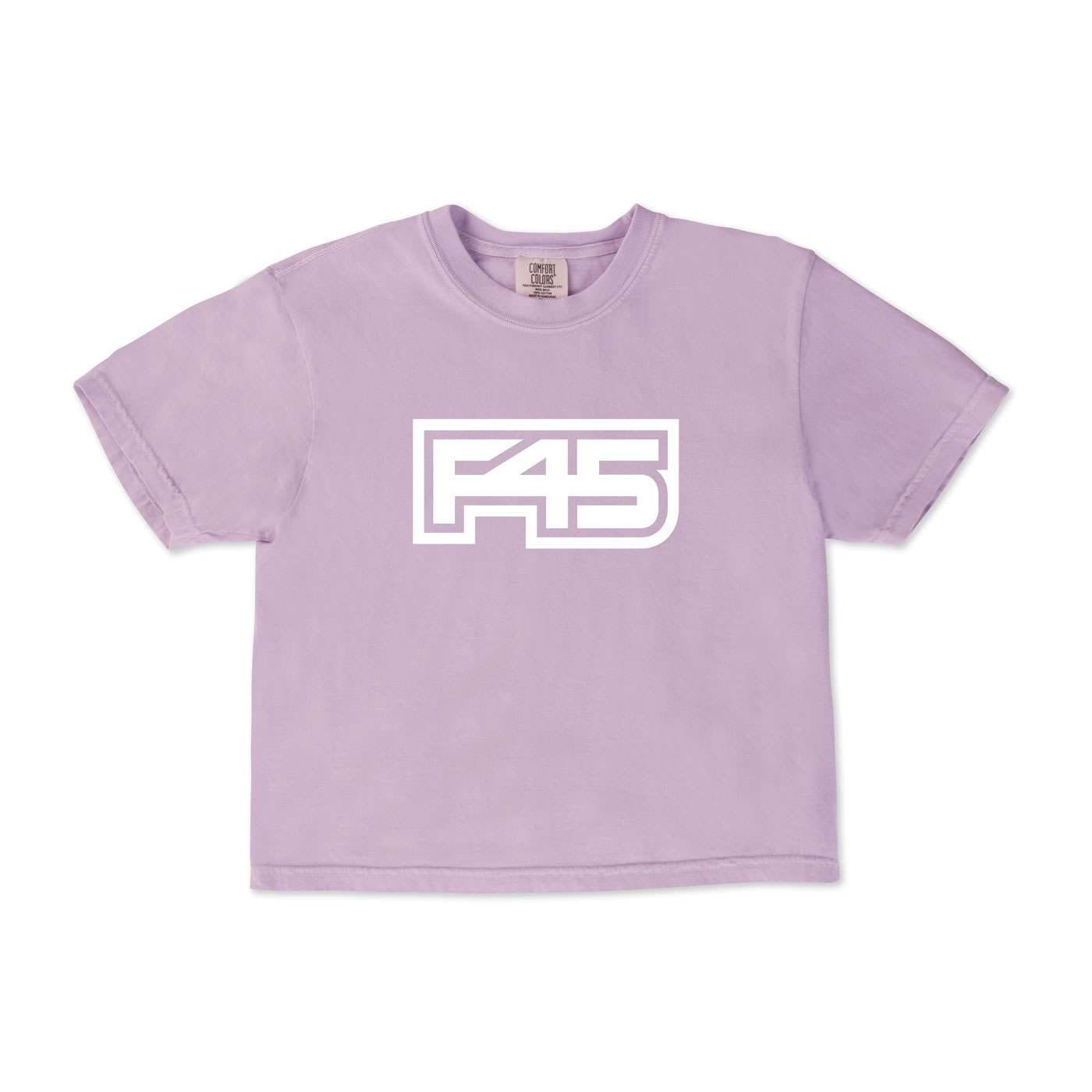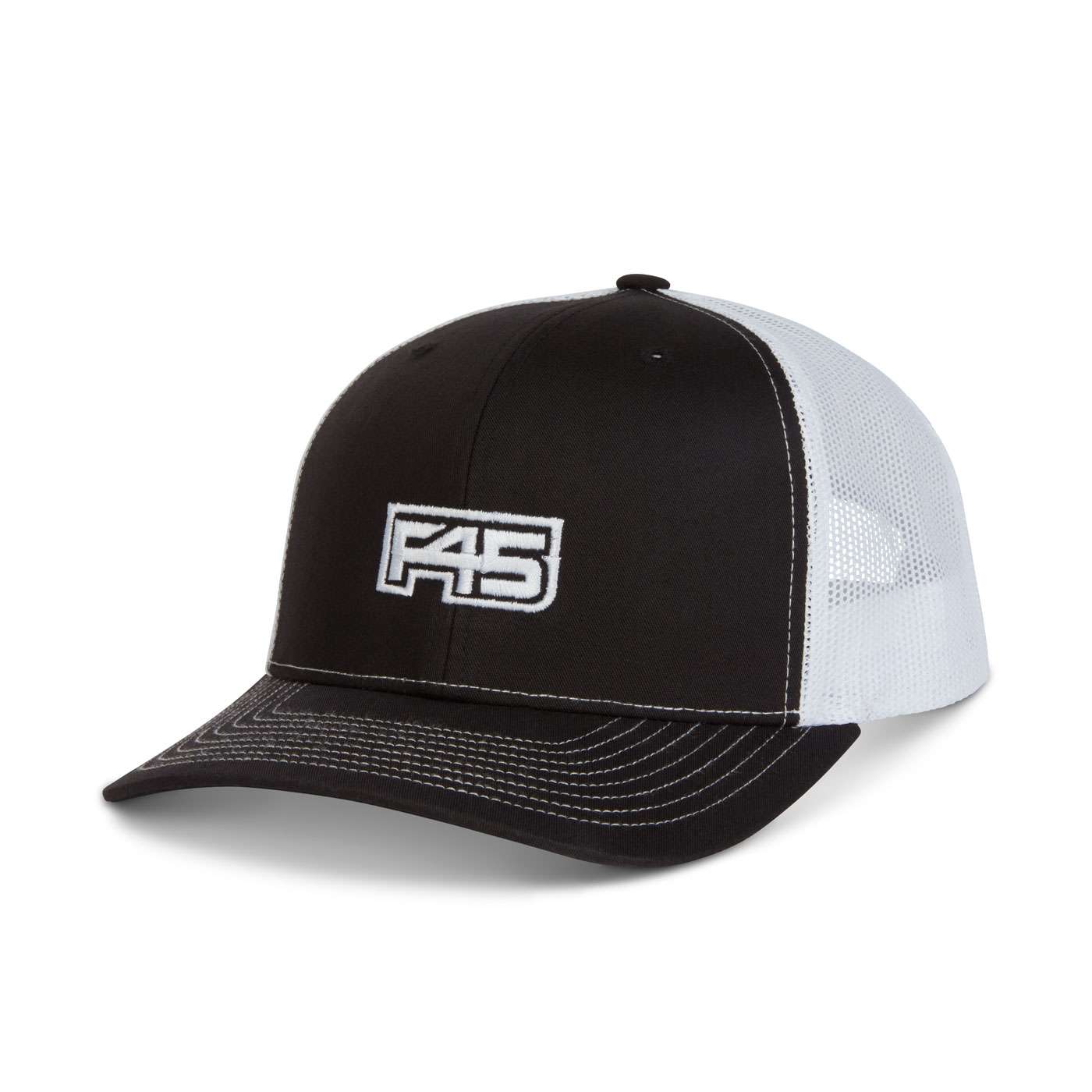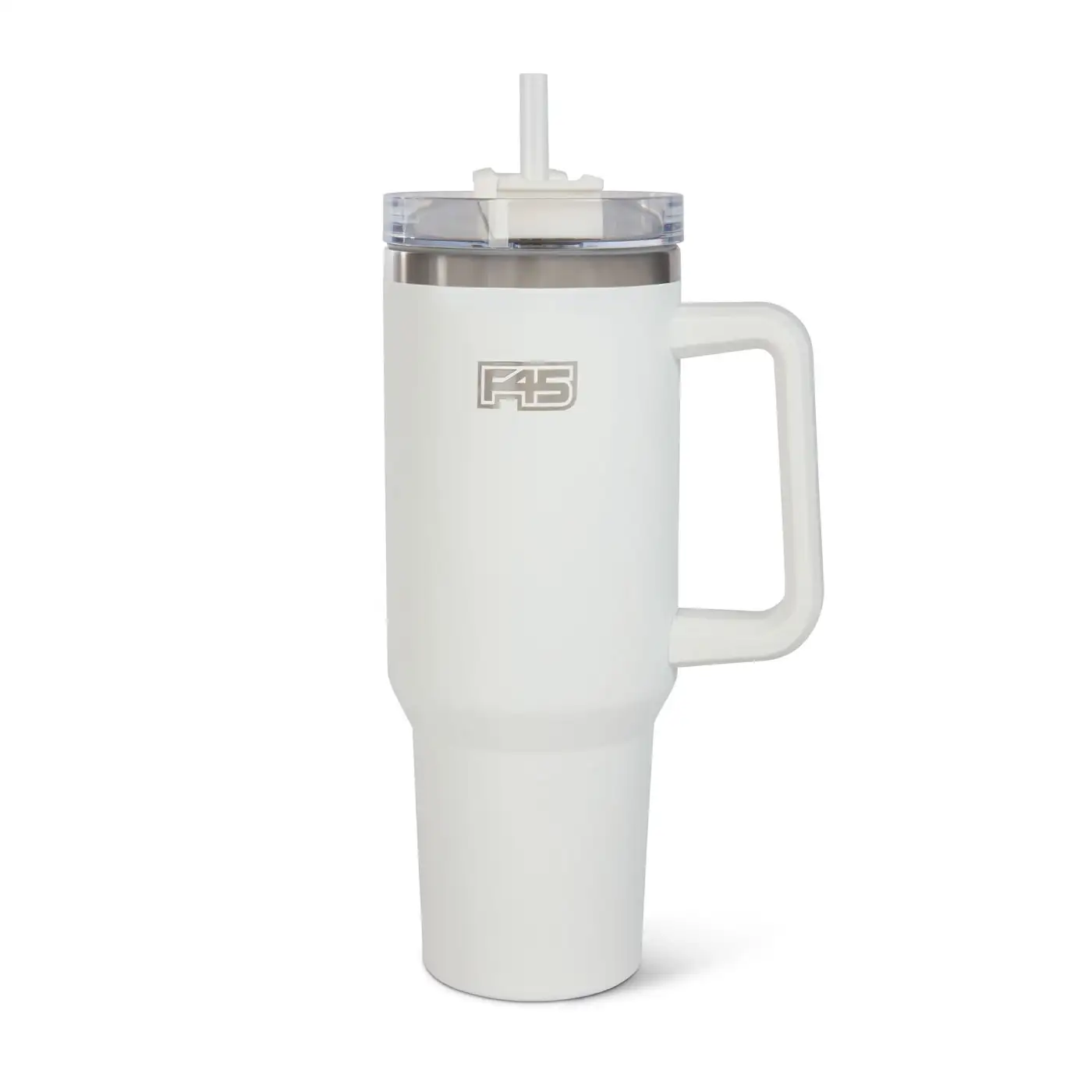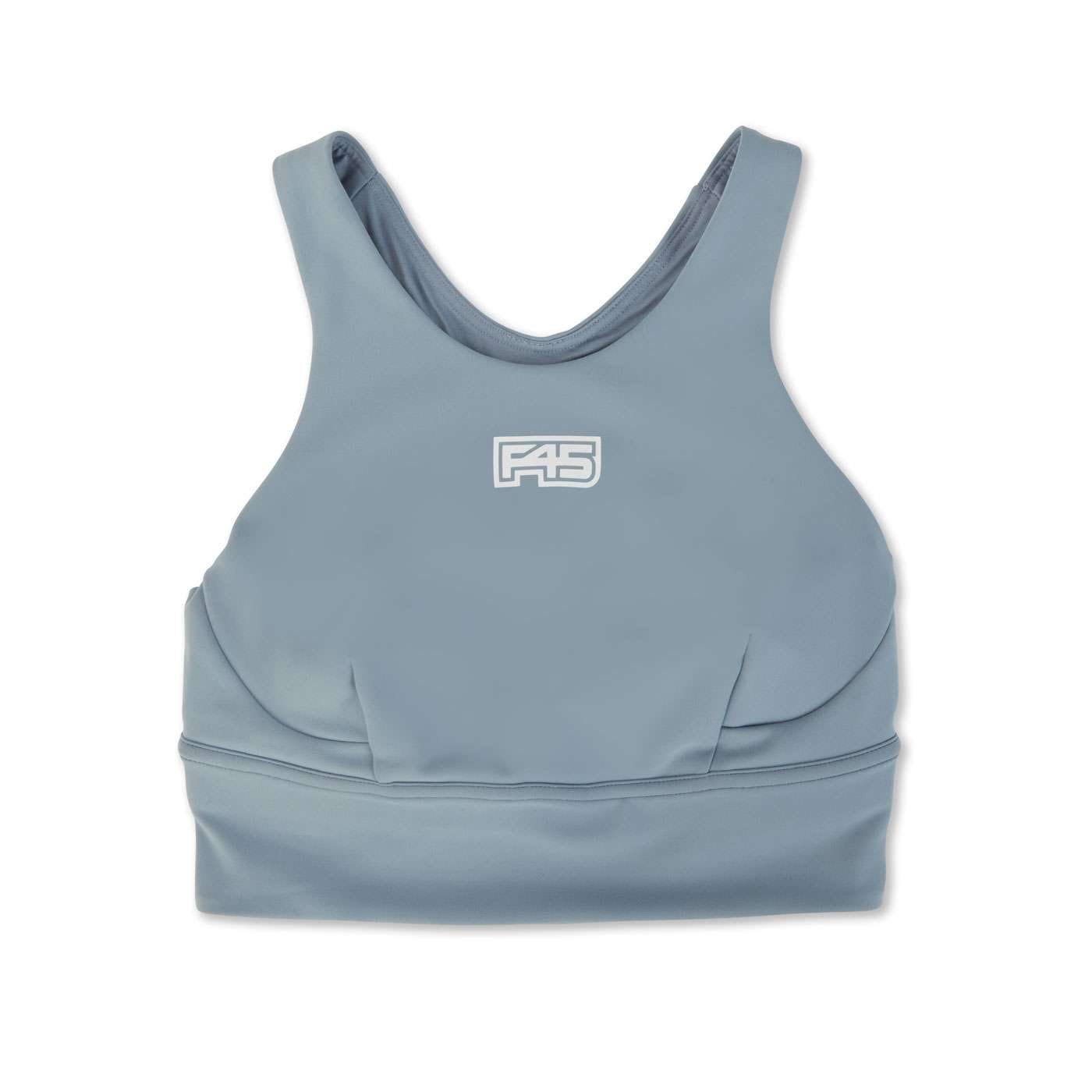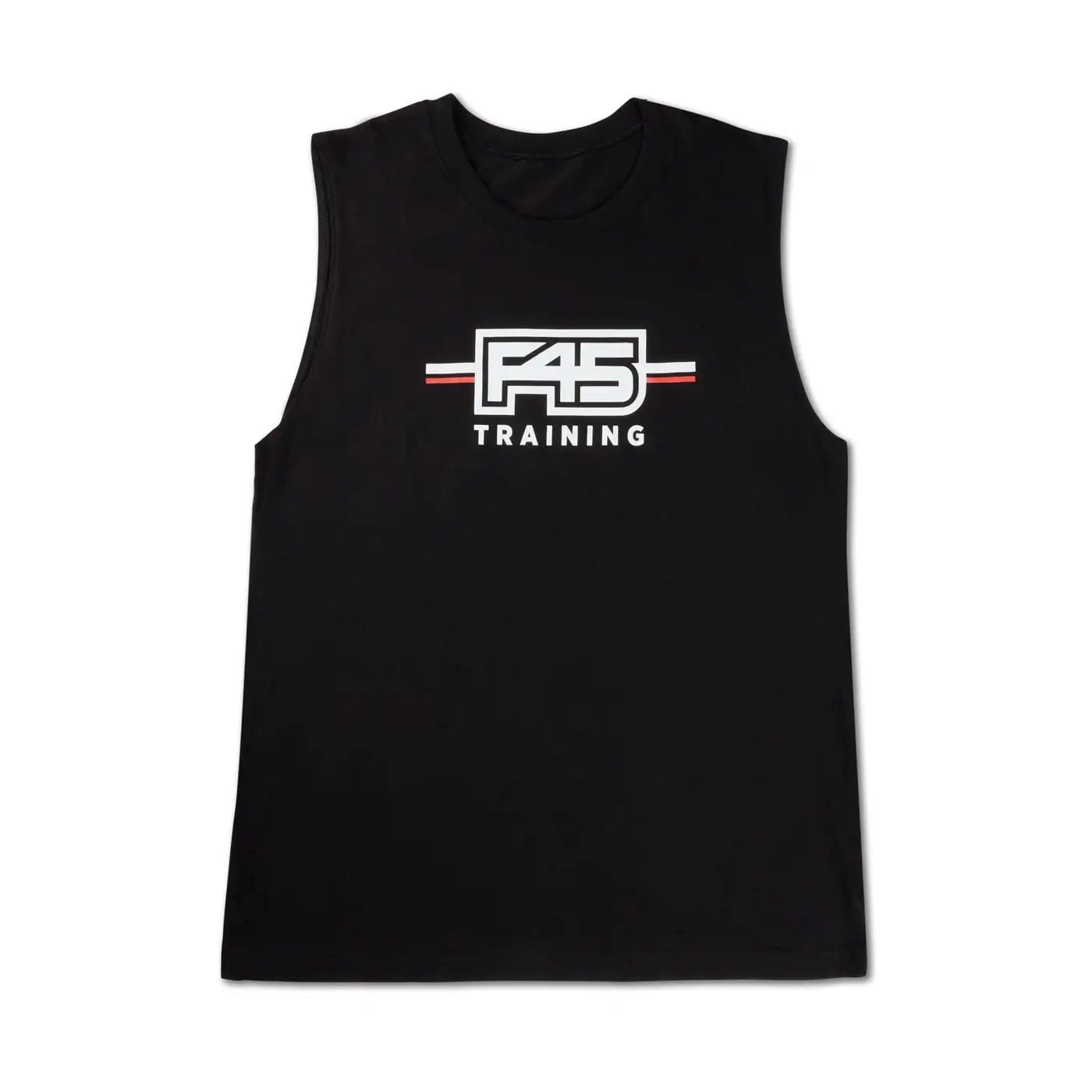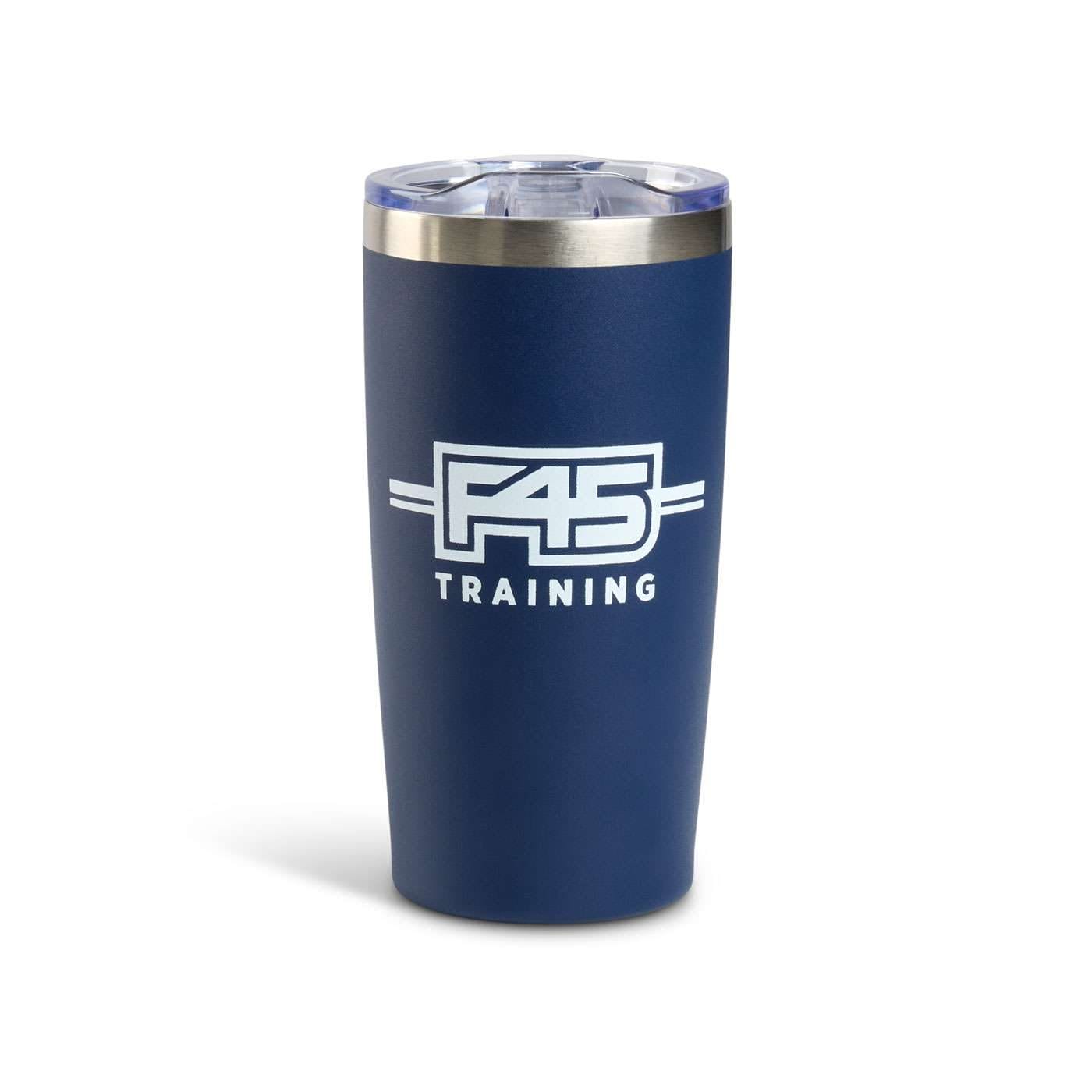The shoes you wear can make all the difference to your workout performance, comfort and safety. Whether you want to do high-intensity cardio workouts or perform dynamic resistance exercises, finding the best shoes for F45 training is vital – and should be a priority before you step into your first group fitness class.
Below, discover how to find the best shoes for functional training and high intensity interval training (HIIT), and make sure they’re right for you and your unique fitness needs.
How to choose the best shoes for F45 training
With the mix of training types and movements you’ll experience at F45, you need a shoe that provides stability, offers an appropriate level of cushioning, and – most importantly – will help you smash your workout goals.
Here’s everything you need to know when seeking the right HIIT shoes.
Look for cross training shoes
Cross trainers are recommended for F45 workouts, as they offer the versatility required for a variety of high-impact exercises. Their features usually allow for comfortable movement in every direction, have grip to help you balance, and can easily absorb the shock of landing (after a box jump, for example).
Find the right heel-to-toe drop
Your heel-to-toe drop is the height difference between your heels and toe area. For HIIT shoes, a high drop is when your heel is eight millimeters off the ground; a low drop is zero, meaning your shoe is flat.
If you find your Achilles tendon, calf muscles or arches strain with dynamic movement, a higher drop can reduce stress on those areas, which can help to prevent injury during exercise. If you have no issues with flat shoes, keeping a low drop will help you maintain natural movement while you work out.
Make sure there’s enough space for your toes
The front of your shoe (also known as the toe box), should have enough space for your toes to move freely, without feeling cramped or pinched. The best shoes for F45 training usually have about half an inch (or 1.3 centimeters) of space between your longest toe and the end of your shoe.
Having space for your toes to expand within your shoe helps with stability, and – particularly when performing squats or other exercises for knee pain – you want all of your foot to be comfortably on the floor.
Consider your age and fitness
As you age, your feet naturally change. Your feet can widen, your arches can flatten, and you can lose some of the soft tissue under your foot that supports you.
If you’re exploring how to customize and plan workouts after 60, the best shoes for F45 will offer more cushioning, provide more arch support, and have a wider fit (to what you’ve previously worn). Thankfully, many modern cross trainers are already designed with these features – enabling you to continue enjoying F45 workouts as you get older.
Shop later in the day
Over the course of the day, your feet get slightly bigger – they also swell when exercising. So, by shopping in the afternoon, your feet will be closer to the size they’ll be while you work out. This is especially important during long–form exercise – for example, if you’re learning how to improve your running endurance in addition to your regular F45 workouts.
Measure your feet length
Measuring your feet only takes a few minutes, and will give you the best chance of finding your best shoes for F45 – boosting your performance at your next hybrid or resistance workout. Remember, it’s best to measure your feet in the afternoon or evening, rather than at the start of the day.
For measurement, you’ll need:
- a piece of paper
- a pen or pencil
- a ruler or measuring tape
- a wall or flat surface.
To measure your feet:
- Place a piece of paper flat on the floor, next to the wall.
- Stand up with your foot flat on the paper, making sure your heel is touching the wall.
- Take your pen (or pencil) and trace the outline of your foot. For an accurate outline, hold the pen straight up as you draw.
- Take your ruler and measure the distance between your heel and the end of your big toe or second toe (whichever is longer).
- Repeat the process with your other foot.
If you find that one foot is longer than the other, the longer foot length is the measurement you should use to determine your true shoe size.
Use a sizing chart (if buying online)
Having foot measurements makes buying online a lot easier. The trouble is, shoe brands often have varying measurements for different shoe models – even if they’re of the same size. So, be sure to carefully read any sizing chart a shoe brand has, and remember – the size of the best shoes for HIIT and functional training will be around half an inch longer than the end of your big toe.
If the shoe you want is only available online, we still recommend going into your nearest store and trying on other shoes of the same brand, to test the fit – it’s better than nothing!
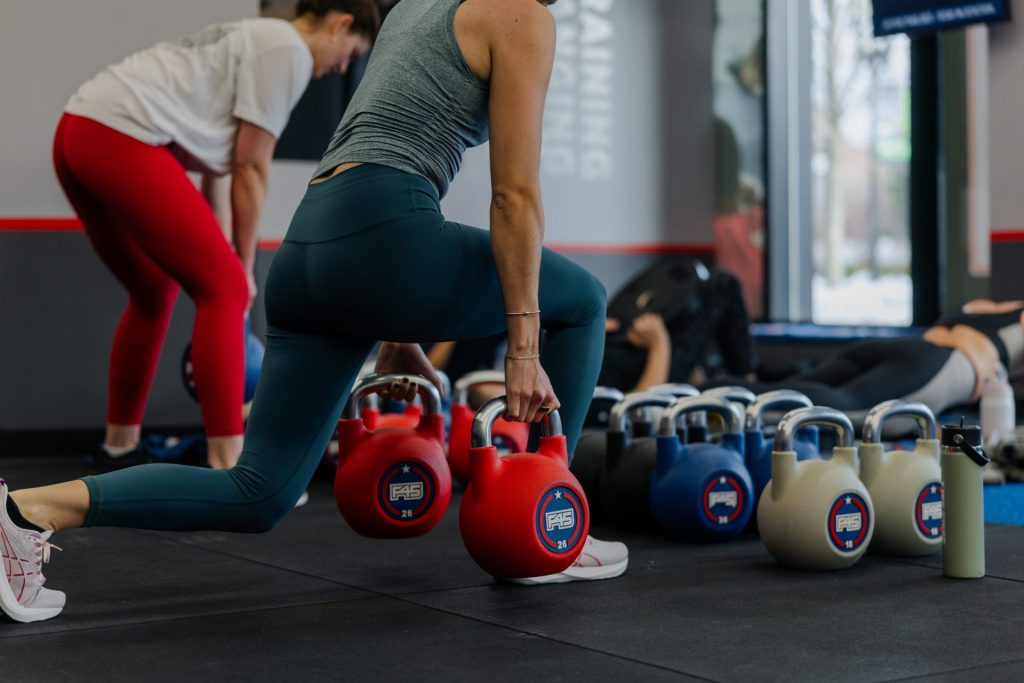
Look in specialty shoe stores
Specialty shoe, orthotic, or athletic stores can be useful places to find the best shoes for HIIT and functional training and can provide expert knowledge on what works for you. Employees at these stores will often measure your feet for you and can provide recommendations based on what they find.
If you know you need certain shoe features – such as a cross trainer with extra cushioning and a five-millimeter heel drop – they can usually provide a few recommendations based off your needs. And you might even like the look of what they suggest as well!
Use orthotics (if you need)
Orthotics (or shoe inserts) can greatly improve workout performance – and their injury prevention benefits can help you build a sustainable fitness routine.
If you experience foot or leg pain while exercising, orthotics provide extra support and can lessen or completely remove the strain. They can also help with any exercises for knee pain you’re doing and can help prevent abnormal foot movements, such as foot rolling (be that inwards or outwards).
Also, getting some orthotics – which you can use in all your shoes – might be more cost-effective compared to buying a new pair of cross trainers. After all, it might be the case that you already have your best shoes for F45 training – they just need that extra touch.
Finding the best shoes for F45 will help you blast your way through each workout and empower you with comfort and confidence. To continue your fitness journey, next learn how to maintain and build muscle after 60.
